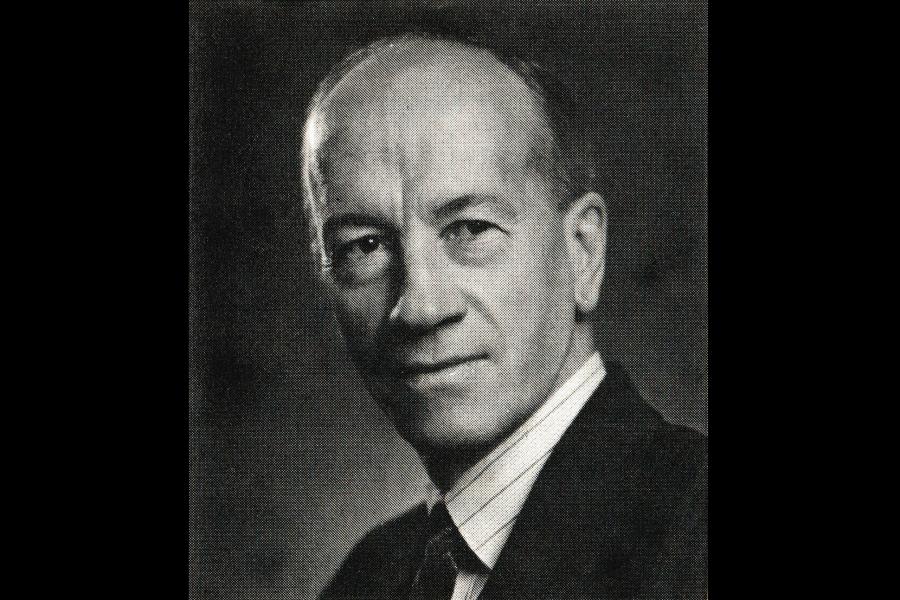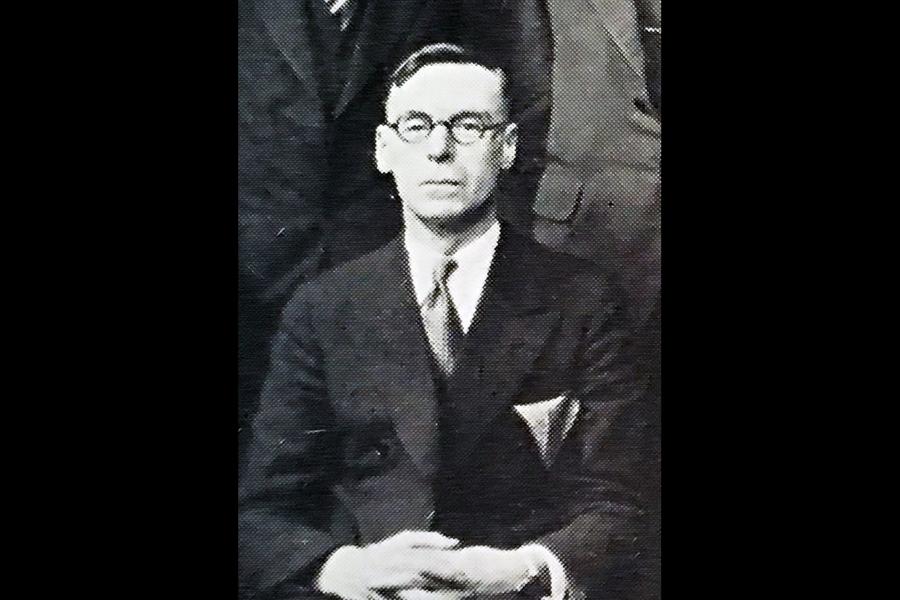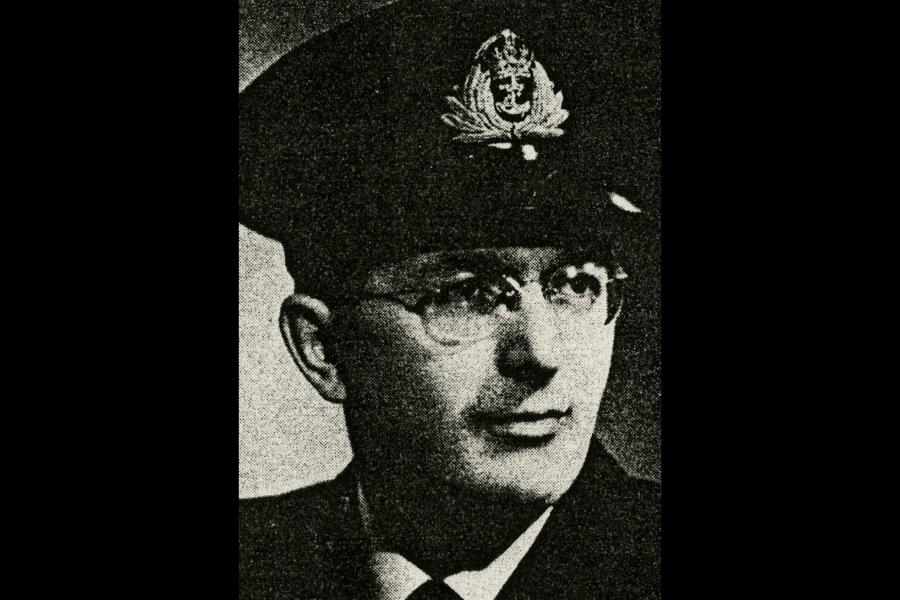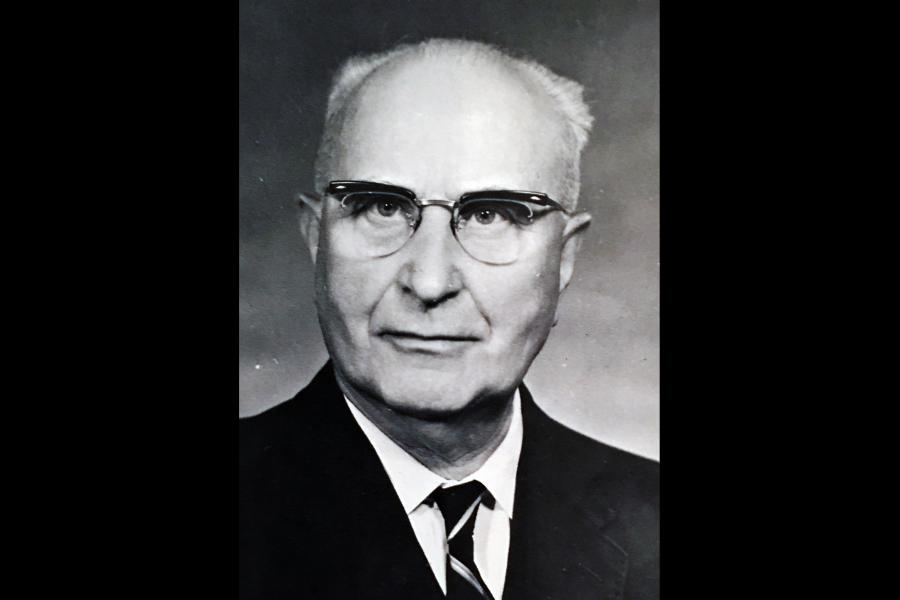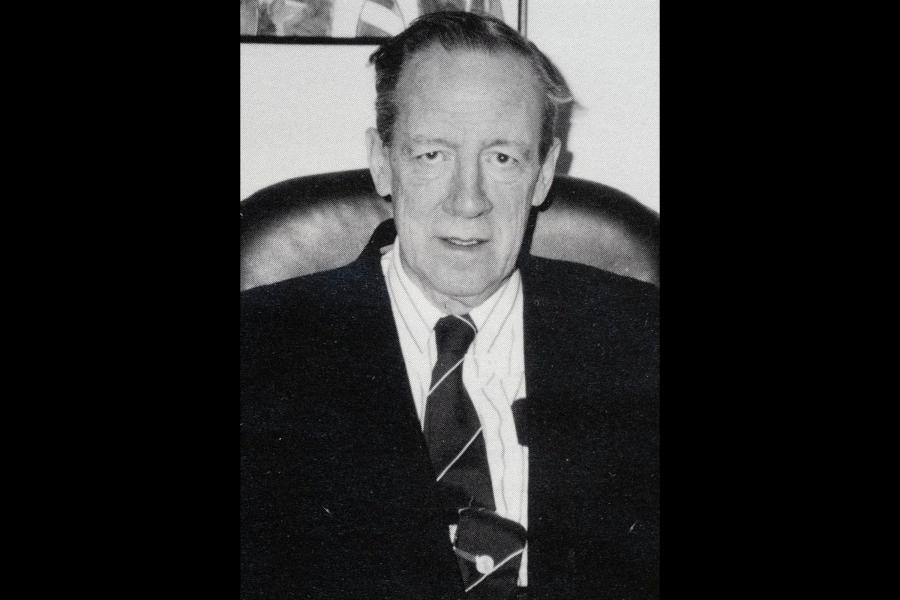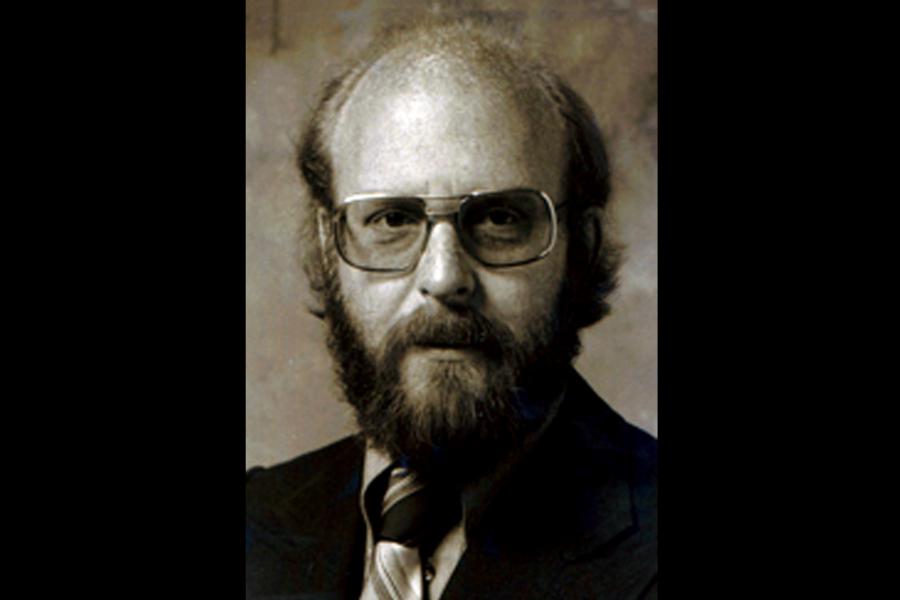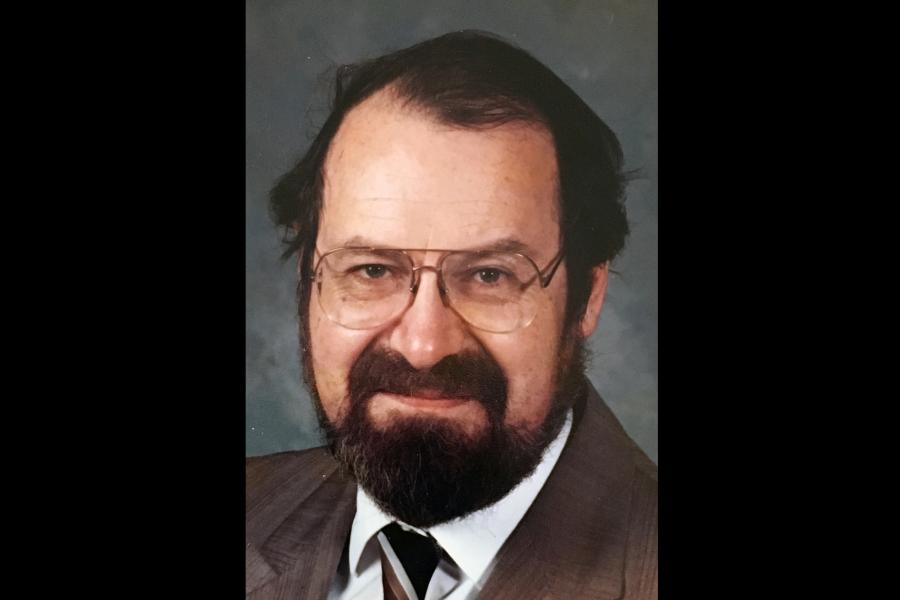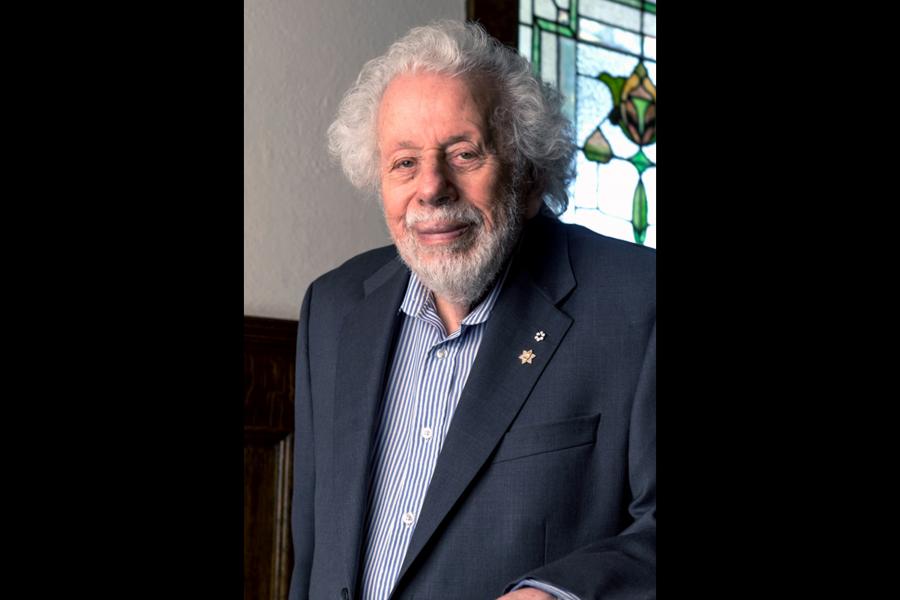Legal education in Manitoba started in 1877, when the Law Society of Manitoba introduced an articling system and examinations protocols aimed at encouraging local Manitoba residents to pursue legal careers. Prior to that date, most lawyers in Manitoba had trained at Osgoode Hall Law School in Toronto, or in Europe. In 1914, Hugh Amos Robson, then a judge on the Court of King's Bench and Esten Kenneth Williams, a young lawyer at the time, worked together to create the Manitoba Law School, with the intention of modelling it after Osgoode Hall, from which Williams had recently graduated. Sponsored by the Law Society of Manitoba and the University of Manitoba, the Manitoba Law School was formally created in the summer of 1914.
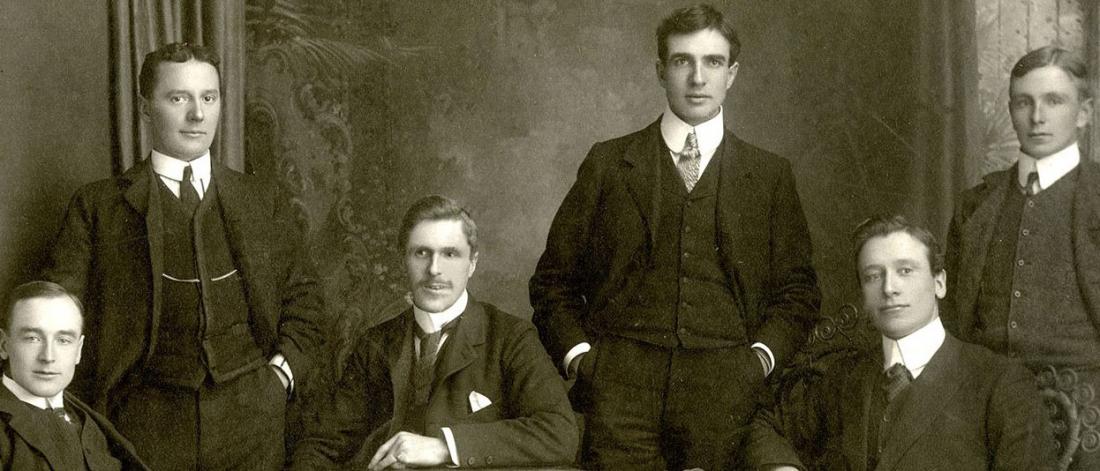
Our History
Preface
Historical documents
Historical Manitoba Law Journal articles
The Manitoba Law Journal is an exceptional resource for learning more about the history of the law school and our commitment to legal education in Manitoba for over a century. The following articles provide a precise view into our history.
Centennial
Our founders
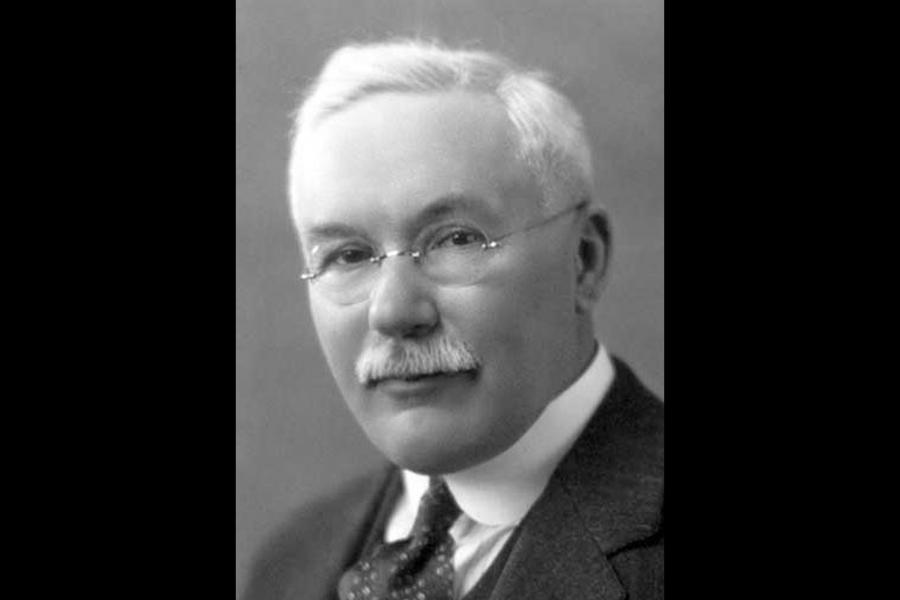
Chief Justice H.A. Robson was born in England in 1871, and came with his parents to Regina in 1882. He was called to the bar in 1899, and moved to Winnipeg three years later.
H.A. Robson fulfilled many important public functions during his career, including service as Manitoba's first Public Utilities Commissioner (1912-15), as leader of the Manitoba Liberal Party (1927-30), as commissioner of inquiry into the Winnipeg General Strike (1919), and as judge of the Manitoba Court of King's Bench (1910-12) and the Manitoba Court of Appeal (1930-44), and Chief Justice of the former Court (1944).
Surprisingly, in view of his other commitments, Mr. Robson found time for considerable writing, authoring several articles, a casebook on Company Law, and a textbook on Municipal Law.
It was H.A. Robson who first recognized the need for the law school in Manitoba. He persuaded the Law Society and the University to found the Manitoba Law School in 1914, and he served as Chairman of the Board from then until his death in 1944. By naming our building "Robson Hall", the University honours the memory of the father of formal legal education in Manitoba.
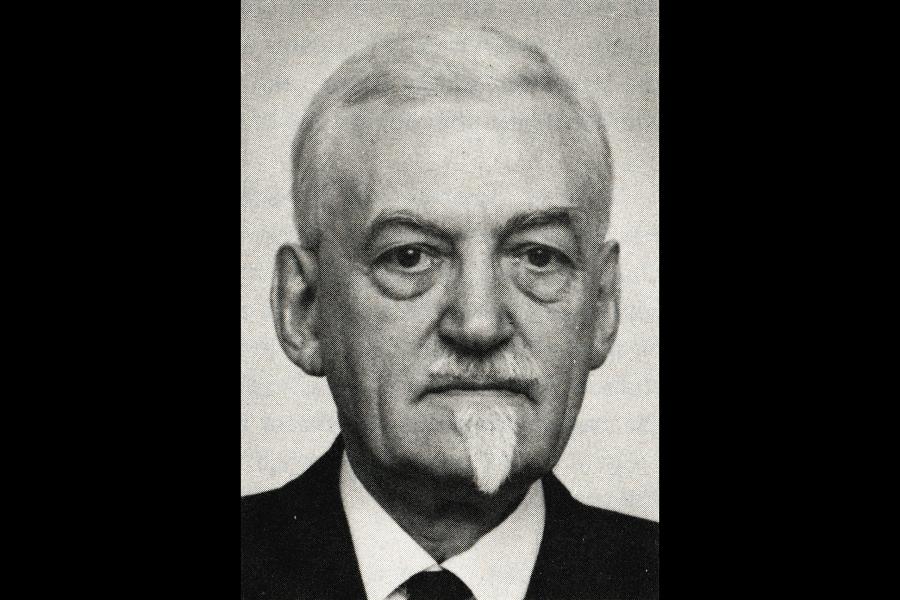
Chief Justice E.K. Williams was born in Park-hill, Ontario, in 1889. He was called to the Ontario bar in 1911, but ill health decreed that he leave the province the following year, and the toss of a coin chose Winnipeg over Barbados.
Mr. Williams' remarkable forensic talents soon won him a wide reputation and involved him in many of the most important cases that arose during his career at the bar. Always active in the affairs of his profession, he served the Law Society as Bencher from 1931 until his retirement and as President from 1941 to 1943. He was elected President of the Canadian Bar Association for 1945-6. In 1946 he was appointed Chief Justice of the Manitoba Court of King's Bench.
Scholarship was one of Mr. Williams' life-long interests. He built a large personal library (which he graciously presented to the Faculty of Law) and was the author of several articles, and two legal text books.
E.K. Williams began to teach at the Manitoba Law School in 1915, and he maintained his association with the school, as Trustee from 1937, and as Chairman from 1947, until it ceased to exist in 1966. The E.K. Williams Library is named in honour of his devotion to legal education in Manitoba for over half a century.
The beginning (1877-1944)
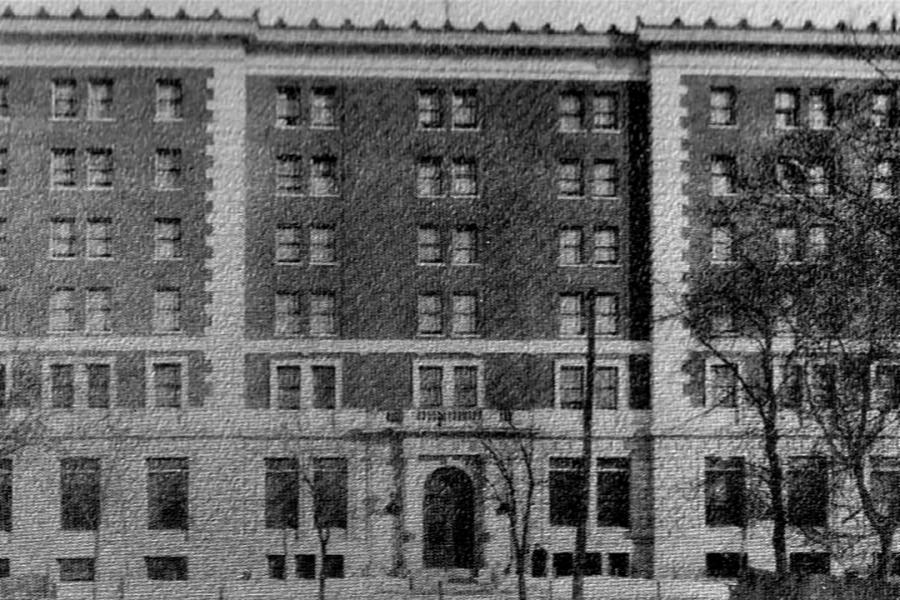

-
- 1877
Law Society of Manitoba introduces system of articling and examinations.
- 1884
John S. Ewart releases the first volume of the Manitoba Law School Journal.
- 1886
James A. Miller is the first person to receive a LL.B. degree from the University, awarded ad eundem (in recognition of being earned elsewhere)
- 1887
Andrew W. Thompson is the first person to complete the LL.B. program.
- 1914
University of Manitoba and Law Society of Manitoba found the Manitoba Law School together. The first location of the Manitoba Law School was the Vaughan Street YMCA in Winnipeg's downtown.
- 1916
Manitoba Law School relocates to the newly constructed law courts building.
- 1877
-
- 1916
Isabel Maclean Hunt became the first woman in Manitoba to receive an LL.B. degree. Maclean Hunt was also the first woman in Manitoba to be named Queen’s Counsel, receiving that honour in 1953.
- 1918
Manitoba Law School develops a “mail-in” course option to combat the deadly influenza outbreak.
- 1938
Brian Dickson graduates with a LL.B. He will later go on to become the 15th Chief Justice of Canada.
- 1938
The law school moves to the old law courts building at the corner of Broadway and York.
- 1939-1945
Many of the faculty and a high percentage of the students leave school to enlist in the war effort.
- 1949
the first LL.M. programme was established.
- 1916
Years of growth and transition (1945 - 1978)
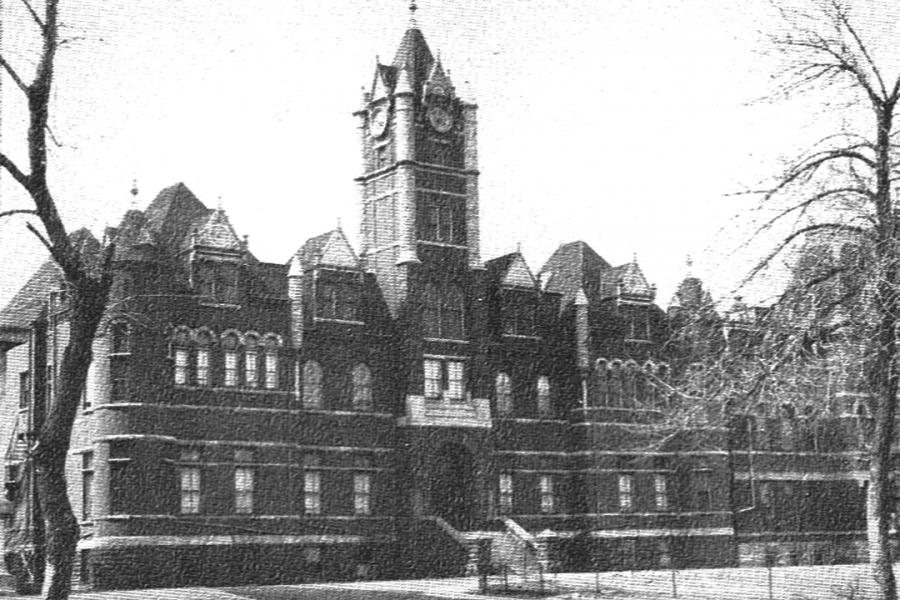
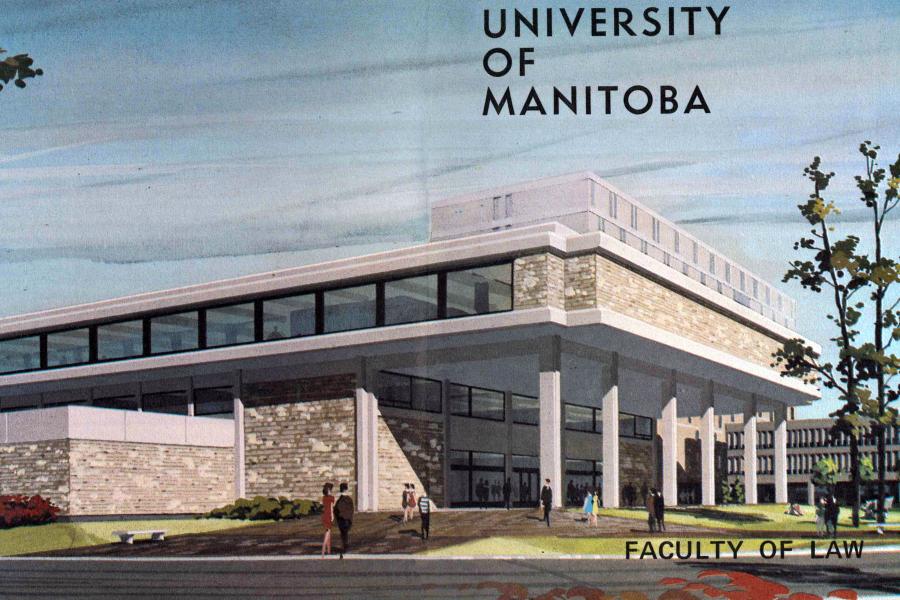
-
- 1945-1948
Enrolment drastically increases. Without room for all students to article at local firms, special practice classes are developed to provide students articling experience.
- 1949
The law school creates a course of graduate study leading to an LL.M. degree.
- 1950
The law school moves back to the law courts at the corner of Broadway and Kennedy for more space.
- 1950
Law society allows veteran students to substitute their service in lieu of articling experience.
- 1953
Board of trustees decides to forgo annual financial contributions from the law society and the university.
- 1956
Judge Raymond Harris, believed to be UM Law's first Black graduate.
- 1962-1965
The inaugural issue of the Manitoba Law Journal is published by R.D. Gibson, dedicated to Harvey N. Streight, Q.C.
- 1965
The law society creates a bar admission course.
- 1966
The Honourable Marshall Rothstein, Pusine Justice of the Supreme Court of Canada graduates from UM Law.
- 1945-1948
-
- 1966
On august 22nd, the board of trustees approves an agreement to terminate their 52 year old agreement between the law society and the university of Manitoba, creating the University of Manitoba’s Faculty of Law.
- 1968
Legal Research Institute was created in order to create, preserve and communicate legal knowledge.
- 1968
the Faculty pioneered an avenue of entry for the mature student. This allowed students 26 years old or over, who have proven themselves academically or otherwise to enroll without having completed any pre-law University courses.
- 1969
The law school moves to the Fort Garry campus of the University of Manitoba, to it’s new home in the Robson Hall Building. Named for Co-founder and acting Dean Hugh Amos Robson.
- 1970
The faculty introduces a legal aid service to help expose law students to real legal situations.
- 1970-present
The school develops one of the most comprehensive moot court programs in western Canada.
- 1966
Our school today (1979 - present day)
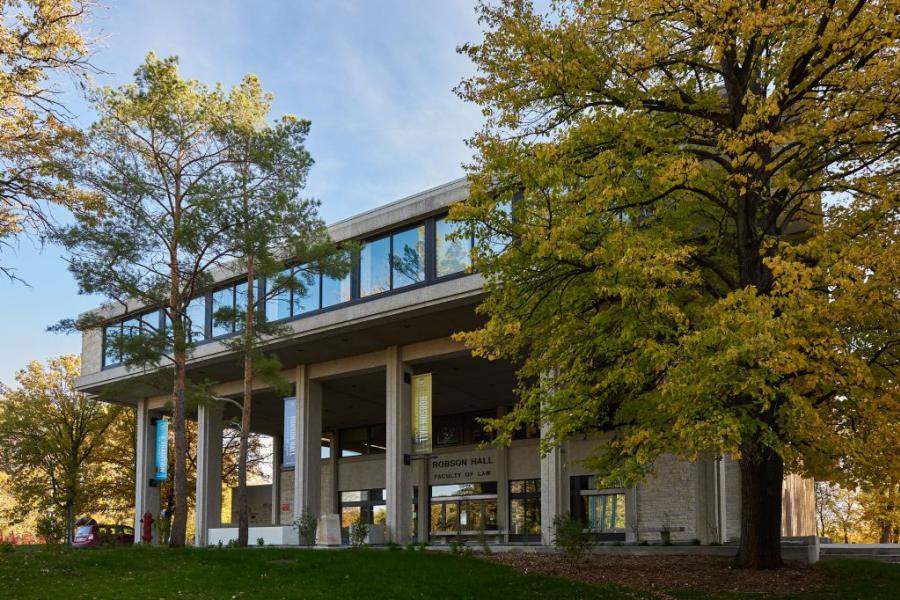
-
- 1974
Kenneth Young becomes the first Indigenous Graduate of UM Law.
- 1974
A course entitled “lawyering process” is introduced, exposing law students to real clients and cases.
- 1977
Marion Ironquill Meadmore, O.C., Grandmother, becomes the first Indigenous woman to graduate from law school in Canada. She co-founds what is now the Indigenous Bar Association.
- 1977
Ovide Mercredi, O.C., O.M., former National Chief of the Assembly of First Nations graduates from UM Law.
- 1979
The Honourable Murray Sinclair, C.C., O.M., M.S.C., K.C., first Indigenous person appointed to the Court of King's Bench of Manitoba; Chair of the Indian Residential Schools Truth and Reconciliation Commission and Senator for Manitoba graduates UM Law.
- 1981
Judge Kimberly Prost, Canadian Judge at the International Criminal Tribunal for the former Yugoslavia and the International Criminal Court graduates from UM Law.
- 1984
Jacqueline St. Hill, K.C. is believed to be the first Black woman to graduate from UM Law.
- 1998
Asper chair in international business and trade law is created honouring Israel Asper.
- 1974
-
- 2001
The Manitoba law journal expands to include Underneath the Golden Boy.
- 2001
The Asper Review for International Business and Trade Law publishes it’s first volume.
- 2006
Marcel A Desautels Centre for Private Enterprise and the Law is founded.
- 2006
L Kerry Vickar Business Law Clinic is founded.
- 2006
Judge Kael McKenzie, the first openly transgender person appointed to the bench in Canada graduates from UM Law.
- 2011
The LL.B. degree is changed to a Juris Doctor degree.
- 2012
Centre for Human Rights Research is founded.
- 2012
The Canadian Journal of Human Rights publishes it’s first volume.
- 2019
The Master of Human Rights Program is founded in collaboration with the Faculties of Arts, Education, and Social Work, as well as the Centre for Human Rights Research, the Arthur v. Mauro Centre for Peace and Justice and the National Centre for Truth and Reconciliation.
- 2001
Professors Emeriti
- Phil Osborne
Professor Emeritus
- Gibson, Dale
Distinguished Professor Emeritus
- Harvey, Cameron
Professor Emeritus
Deans
Special thanks
Cam Harvey (Manitoba & Other Legal Trivia)
Dale & Lee Gibson (Substantial Justice)
Matthew Renaud (Robson Hall - 100 Years)
Manitoba Historical Society
Connect with us
Faculty of Law
224 Dysart Road
University of Manitoba
Winnipeg, MB R3T 2N2 Canada



